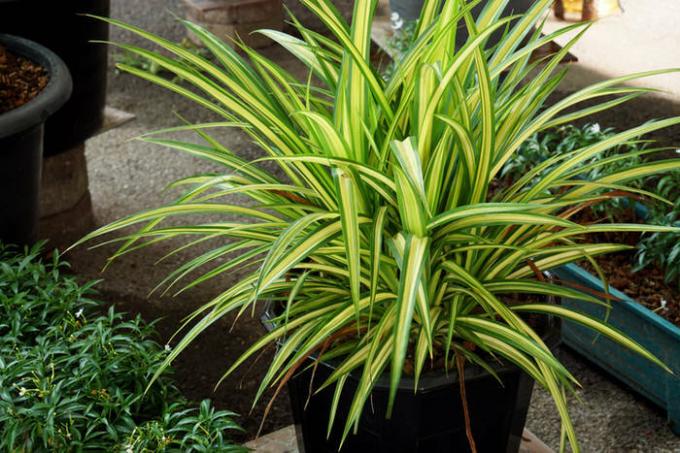Indoor plants help create coziness and refresh the interior. But which ones do the best job of purifying the air?

Dracaena
Dracaena is one of the common houseplants, the beneficial properties of which are not known to everyone. Nevertheless, it moisturizes the air well, cleans it of formaldehyde (it is emitted by furniture made of plywood, chipboard, MDF) and trichlorethylene (we owe its presence to the printer). One of the species of this plant - dracaena deremskaya - absorbs vapors of varnishes and paints.

ficus
Another useful and unpretentious plant that helps fight formaldehyde fumes from furniture and carpets. Ficus also filters the air from benzene - it is emitted into the atmosphere by plastic and rubber products, linoleum. An important note: in daylight, ficus produces oxygen, and in the dark it absorbs it. Therefore, you can not put it in the bedroom, especially in the nursery.

Chlorophytum
This plant is not subject to frequent diseases and calmly takes root in any home. Chlorophytum absorbs vapors of benzene, sulfur compounds, nitrogen, formaldehyde. Moreover, in just a day, this small plant can completely cleanse the room of harmful microorganisms. It will be useful to install it in common areas in the house - in the kitchen or in the living room. To enhance the ability of chlorophytum to absorb harmful substances, activated charcoal can be added to the soil.
Begonia
This beautiful flower will help clean the air in a house where household chemicals are often used. In addition, begonia emits special substances - phytoncides. They kill streptococci and staphylococci, which cause pneumonia, pharyngitis, sepsis, osteomyelitis and a number of other dangerous diseases.

fern nephrolepis
A nice fern bush will perfectly coexist with a computer, taking over its radiation. Fern loves moist air, warmth and moist soil. He has no place in the bedroom, because. at night, the fern consumes oxygen, but does not produce it. But in the living room or office, it will filter the air from the fumes that emit plastic things, varnishes, paints and glue.
dieffenbachia
This plant is easily recognizable by its signature yellow-green stripes on broad leaves. Dieffenbachia absorbs such harmful substances as xylene and toluene. They stand out when your parquet, laminate or linoleum is heated in the sun.

Myrtle
The myrtle tree produces phytoncides that kill harmful microorganisms. It also repels insects from your home, which also heals the atmosphere at home. It is useful to put myrtle not only at home, but also in hospitals and educational institutions in order to minimize the spread of pathogenic microbes. In order for myrtle to fully reveal its cleansing potential, it is useful for it to coexist with eucalyptus, kalanchoe and euonymus.
You will be interested to know top 7 natural fertilizers for indoor flowers.

